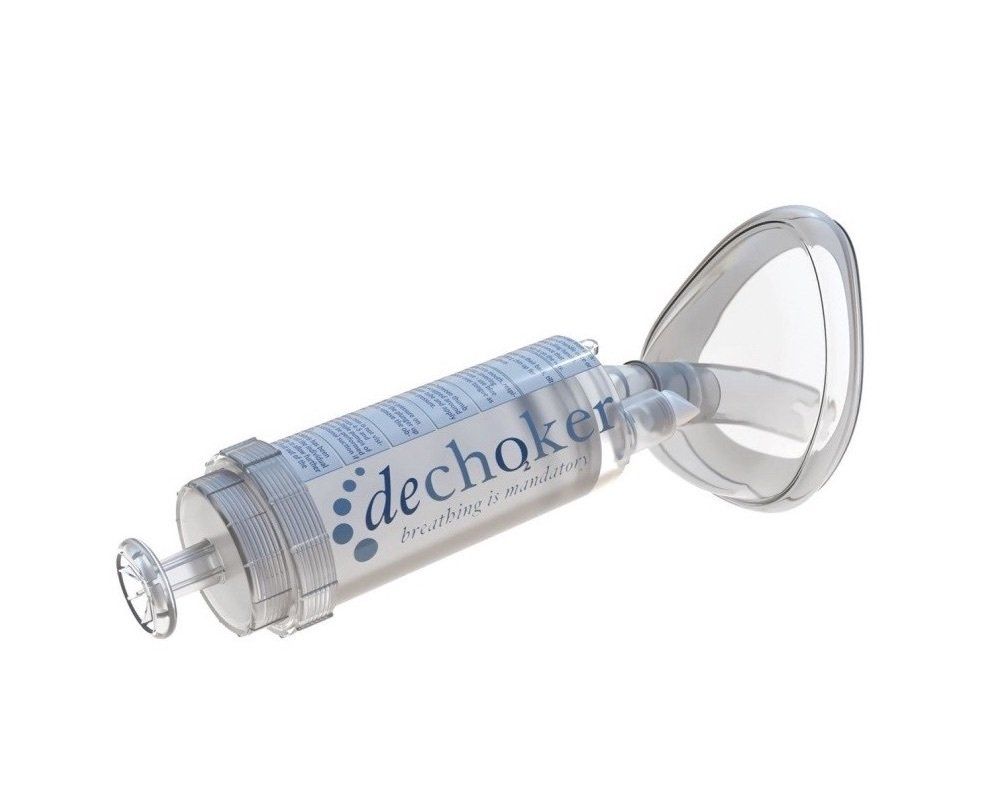Some thoughts about closed loop recycling
Some time ago I listened to a presentation by the secretary general of a glass packaging manufacturers association. I was particularly interested in her strong defense of closed loop recycling. That is, manufacturing a product with the material recovered from a used product of the same type.
A product can be manufactured from the same used product, but only in some cases and under some conditions. That is a technical question, but first let me remind you that the word we commonly use to define a material is in most cases a generic name, and not a specific material for a specific use. When we say aluminium can or aluminium foil we are talking about different materials with different compositions and properties, for different applications as well, even if the common base is aluminium. The same takes place when we speak about a plastic bag or a plastic tray. A plastic tray can be as different from a supermarket plastic bag as a white sheet of writing paper from a cardboard box of wine bottles or the glass of those wine bottles from the glass in a smartphone.
These features have nothing to do with the environment. They belong to a very well developed scientific discipline: Materials Science and Engineering. And recycling is also, above all, a technical activity which has to be developed by engineers, chemists and physicists as well as many other professions, in the same fashion than for other real life activities.
Some twenty years ago it was fashionable to write on recycled paper. I myself used to do it. There are still today people who write on horribly grey recycled paper. To show a modern corporate image I spent a fortune to buy a fantastic british recycled bond paper, until I found out that it was far less environmentally friendly than virgin fibre normal writing paper. Some years after that I read that the british Mirror newspaper had carried out a carbon footprint study and found that the environmental impact of paper recycled in Britain was about twice that of 50% recycled- 50% virgin paper produced in Sweden. But at the same time you may find that in some countries most newspapers are printed on recycled paper because it is more efficient. Once more, technical questions for the experts.
The paper industry is above all a recycling industry: most carboard used toady is made from recycled paper and paper is probably the most recycled material around the world taking into account all its appplications. What can we learn from this short story? That industry has developed the technology to make the best and possible use of used paper, in the most efficient and sustainable way, and uses its resources in the best posible way. A good lesson for those who want to teach us sustainability.
A completely different example is glass packaging, which is the example that gave rise to this post. The best possible application for a used glass bottle is to make another identical glass bottle or flask. The reason is that otherwise that crushed glass might have to be used to fill a road base. If we wanted to make TV screens with used glass bottles we would never succeed, because it is not technically possible. In this case, closed loop recycling is by far the best possible solution. That’s why the glass manufacturers promote heavily this as the most sustainable outcome.
To end this post let me say a few words about beverage cans. They can be manufactured from steel or aluminium. Everybody understands that if we wanted to make an aluminium beer can with a used steel beer can or viceversa it would be stupid (industrially impossible, to be precise) even if it were the same product for the same use. I hope no one doubts that.
To make it short I won’t speak of the two metals. I’ll stick with aluminum. With used aluminium beverage cans we can make new aluminium beverage cans. Is this the best option? I’ll clarify this. To make new aluminum cans out of used aluminium cans we need a lot of them, sometimes more cans than those which are consumed in a small country. The reason is that the plant to do this, for industrial reasons, has to be of large scale (an efficient plant needs to produce several thousand tons a year). That’ s why only a few plants in Europe do that. But with used aluminium beverage cans we can manufacture, with the necessary composition adjustments, other products such as engine pistons or window blinds.
These are manufactures which require considerably smaller amounts of metal, because they are different processes for diferente productions. But the energy saved by recycling the aluminium can will be the same independently of what is the next aluminium product. What does it mean? In a country where the consumption of aluminium cans is not too large, casting cylinder pistons or extruding window frames can be more advisable from the industrial point of view. Closed loop recycling is a standard operation, but there are other uses which can be more profitable or even more sustainable.
I hope no reader could think that manufacturing pistons for a Moto GP world cup motorcycle, as an example, is a less honorable process that manufacturing another beer can.
Unless someone takes it as a personal offence and demands that by law, you compulsorily have to manufacture the same product as before, in a closed loop recycling. That’s what is now called Circular Economy. That’s the fashionable term with the greens.


